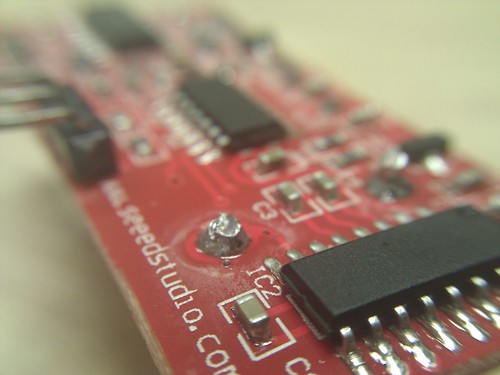Why can ultrasonic waves wash away delicate components?
As the momentum of science and technology has evolved, cleaning sophisticated components has become increasingly important. For components with complex shapes, multiple holes, grooves like gears, small necks, syringes, small bearings, watch parts, etc. Using human strength to clean it takes both time and energy for some particularly sophisticated components like gears in the missile’s inertial guidance system. Do not allow to leave any stain. If using a settlement worker is difficult to achieve the cleaning standard.
If ultrasound is needed, the problem will be solved. Just soak the cleaning components in a tank filled with washing solution (such as soapy water, gasoline, etc.), then apply ultrasonic waves to the solution. In a few moments, the components will be washed. Why does ultrasound have that power?
It turned out that, under the influence of the ultrasonic waves, the washing solution was sometimes squeezed, sometimes pulled out. When diluted, it will be torn apart, producing many small empty bubbles. This small foam in a moment shatters again and produces small, very powerful shockwaves. In physics, this phenomenon is called the vacuum cavity phenomenon. Because the frequency of ultrasound is very high, these small hollow bubbles are born and then lost, lost, and then born quickly. The shockwaves they generate are like thousands of invisible “little brushes,” brushing quickly and vigorously on every corner of the component. Therefore, the stain immediately washed off.
For example, if done manually, washing wristwatches must disassemble every detail, very low performance. If using ultrasonic to wash, soak the entire machine in gasoline, let the ultrasonic wave through, a few minutes later, it has washed.
Ultrasound can also help us clean many important, delicate components such as optical lenses, meter parts, medical devices, electric vacuums, semiconductor devices, etc.




